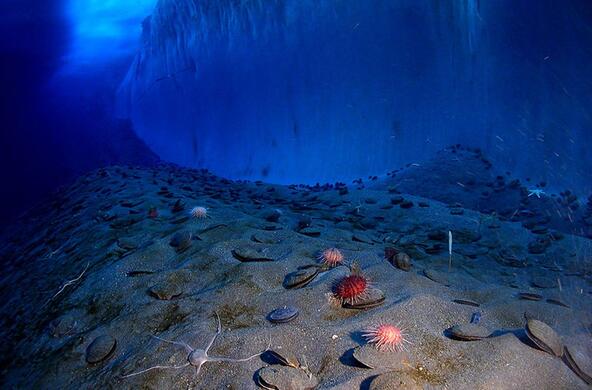It's time for Americans to forsake their lawns. Unless you are an avid fan of croquet, lawn tennis, or summer garden parties, let your lawn go natural. Today's obsession with perfect, park-like lawns is not only a waste of time and money; it's bad for the environment. Embrace a natural yard, as our household has done on about half of our property.
An estimated 80 percent of American households have a lawn; in aggregate, lawns would cover an area about the size of North Carolina. That represents a lot of Saturday afternoons spent mowing, even on a riding lawn-mower.
Anthropologists tell us settlers were driven to clear wild areas near their dwellings to reduce marauding varmints and vermin. Today, I suppose neighborly peer-pressure and side-glancing comparisons may also motivate excessive lawn care. How else could we be convinced a manicured expanse of genetically modified Kentucky bluegrass is a good diversion of time and money?
Here's the scenario: in spring, we must mow the lawn weekly; that uses fossil fuels. In summer, lush lawns require lots of water; if you use a well, excess sprinkling depletes the groundwater. In fall, we rake fallen leaves from the lawn and often remove them from the yard. In the absence of decomposing leaves, soil becomes depleted of nitrogen, phosphorus and other minerals that help plants grow, so the following year we need to buy fertilizer. Nitrogen fertilizer is one of the most energy-intensive products known, made by the combustion of natural gas under high temperature and pressure.
Suburban lawns accumulate carbon in their soil, but their storage capacity is outweighed by the carbon dioxide emissions generated by products used to maintain them (gas mowers, fertilizer, herbicides, store-bought mulch, etc). In the eastern United States, a natural landscape is usually more efficient at carbon storage. If you like, plant a hardy ground cover that requires no regular maintenance or chemical inputs. If you're worried about ticks, simply reduce the size of your lawn to where your family picnics or the kids play.
Most lawns, indeed most yards, are maintained at an unnaturally low level of biological diversity, largely through the use of lawn herbicides and the systematic removal of shrubby vegetation that might invade it. A more diverse natural landscape would support populations of the creatures that prey on common landscape pests. In their absence, somewhat ironically, we depend on chemical pesticides to maintain a "healthy" looking landscape.
Pesticides inadvertently reduce the populations of microbes, earthworms and other organisms that maintain natural soil fertility. Rain washes pesticides, herbicides, and fertilizers into local streams, eventually leading to the pollution of major water bodies, such as the Hudson River, that are our source of drinking water.
In a world where time is short and the price of fossil fuels is skyrocketing, I can't think of a good reason to maintain a park-like suburban lawn. Let it go: you'll enjoy the return of wild songbirds to your yard. Recalibrate to a new normal and return to nature - something many Americans pay dearly for by traveling to "natural" vacation spots. Meanwhile, back at home, their lawns suck up time and money.





